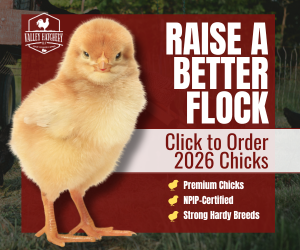based on my readings, the rose comb gene (written "R") will appear slightly different in birds genetically "Rr" rather than "RR". SO getting the single comb recessive completely out of the flock could take a little effort, but not more than two or three generations most likely. Visually, it will be gone after the first crossing with a dominant comb bird, but to get a great rose comb, you need it completely gone.
I've read that rose comb is completely dominant, so you cannot tell RR from Rr except by test-mating. That would be part of why it keeps popping up in commercial flocks. If someone has learned a way to tell RR from Rr, that would be very useful!
Pea comb is fairly easy to tell-- PP has a small, usually tidy-looking comb, while Pp has a larger comb that often looks weird. PP also causes small wattles, while Pp has normal sized wattles. So pea comb breeds usually do not produce unexpected single comb chicks.
If you're breeding for color and rose comb would you keep a chick who's the perfect color but has a single comb?
Rose comb is caused by a single gene. The color & pattern are caused by many genes.
So you could keep the single comb birds, because they have so many other genes correct (as long as you have a rose comb bird of the other gender that you can breed them to.)
Or you could decide to get the combs right first, and then focus on color. In that case, you would probably cull both the single comb birds and their parents, given that the parents obviously carry the not-rose gene.
they are the only ones showing those colors right now and it would be a good addition to the flock... Or it could make single combs show more in the future...
Yes, keeping them will make single combs more likely in the future.
You could keep them for now, but hatch more chicks from the same set of parents, and try to get some with equally good color AND rose combs. (Chicks from those parents might carry the not-rose gene, even if they show a proper rose comb, so that is something to be aware of.)




